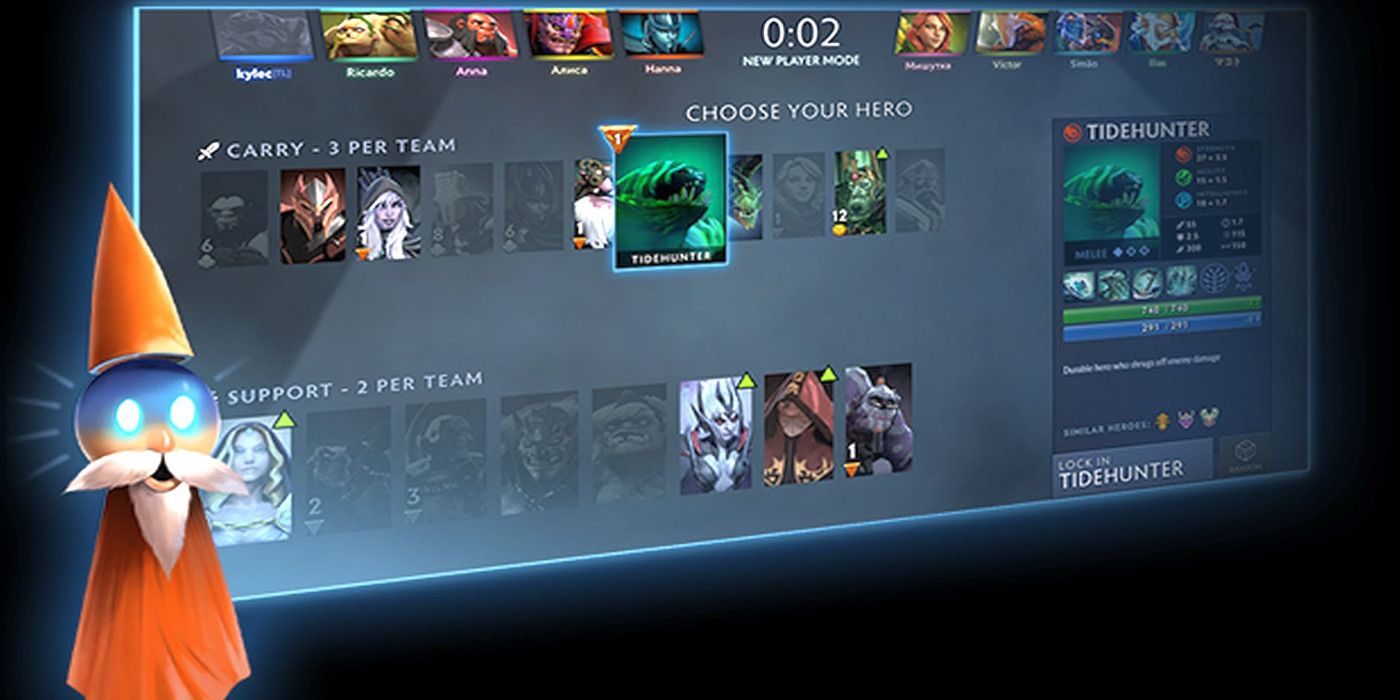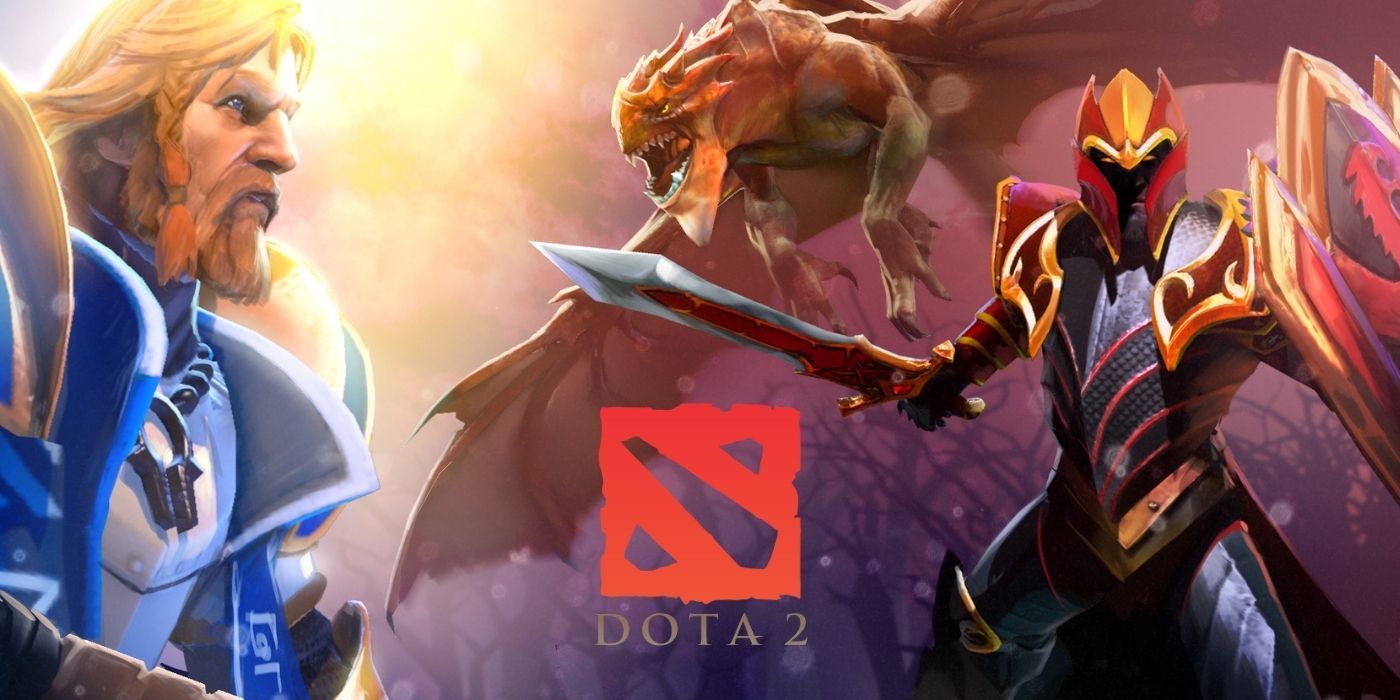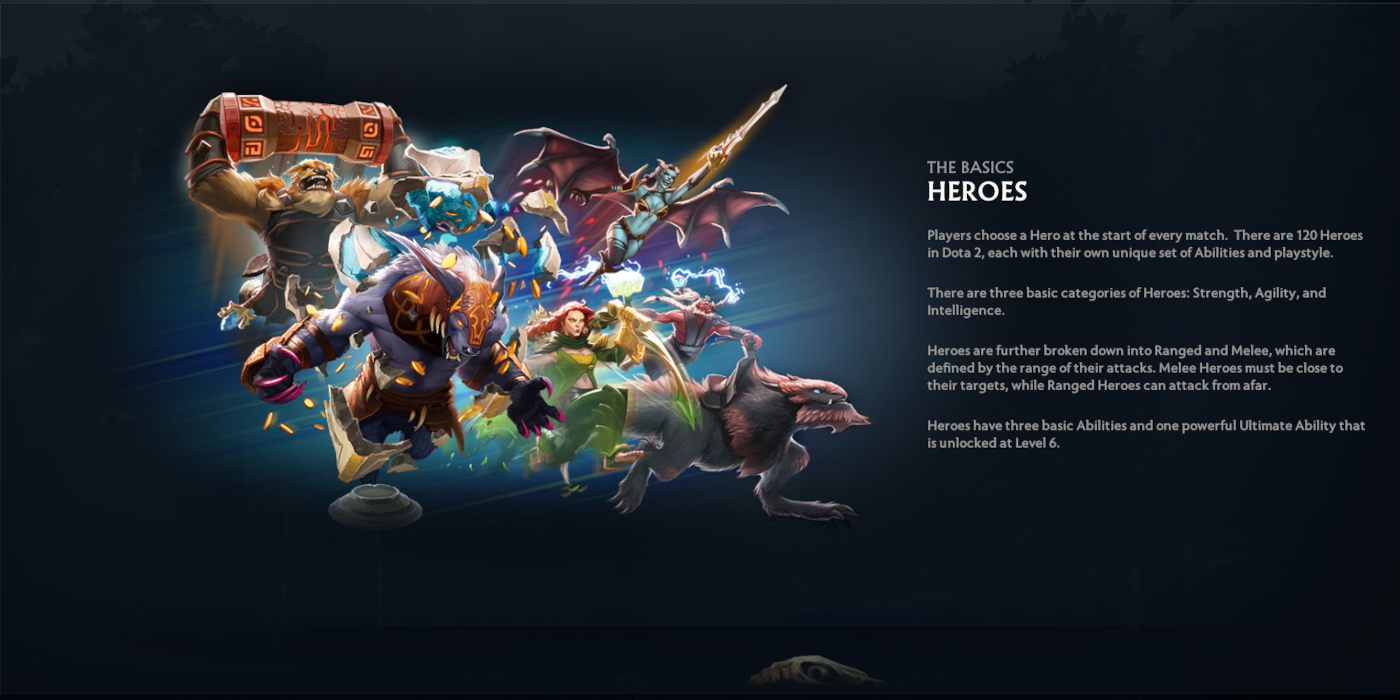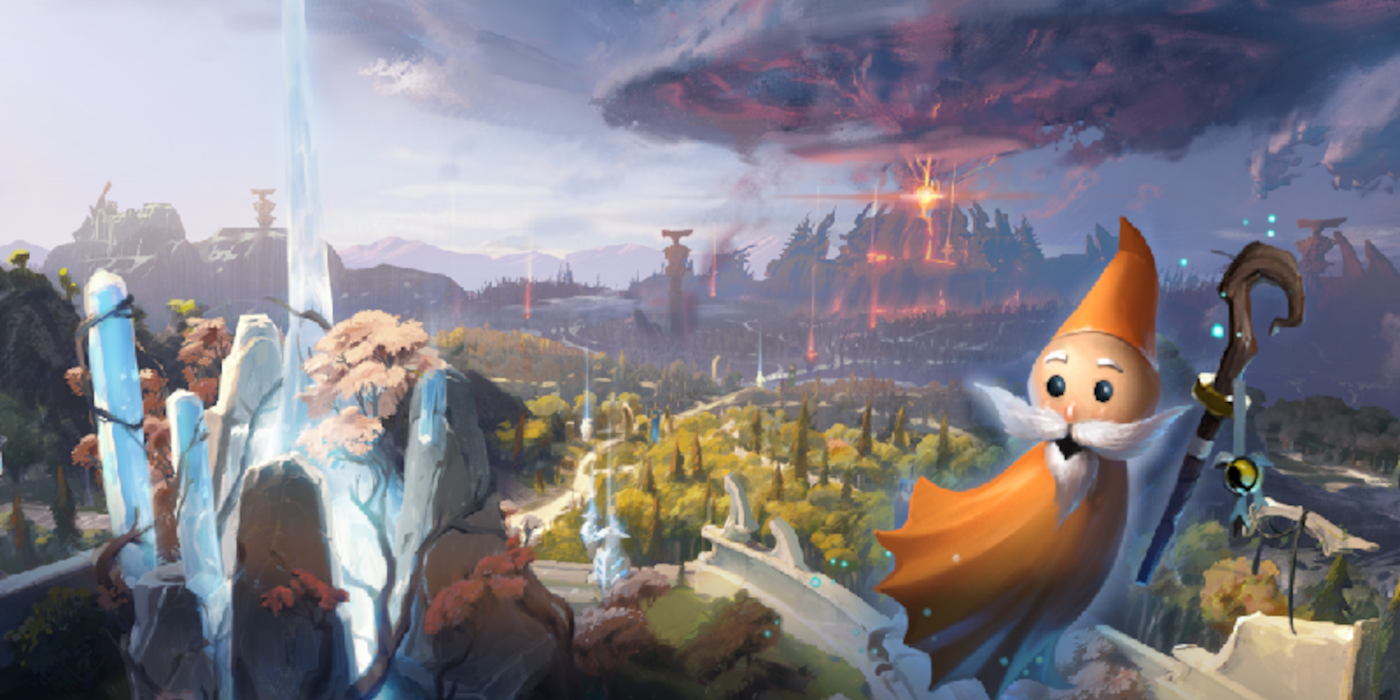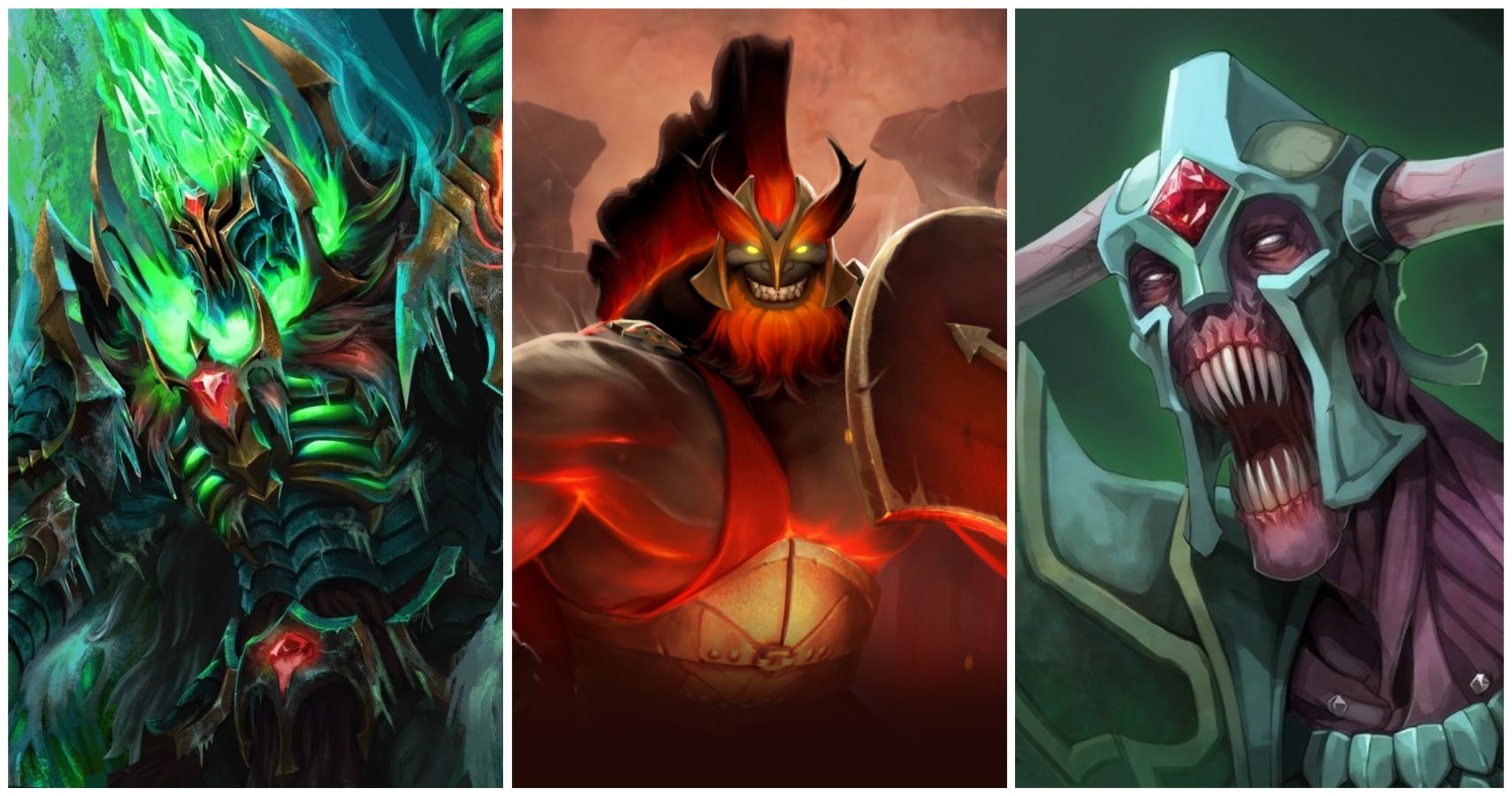Dota 2 is one of the world's most popular esports with its annual world championship, The International, drawing millions of viewers and the biggest prize pool of any esport event. Over the years though, the number of new players in Dota 2 has stagnated due to its steep learning curve, poor matchmaking system, and the lack of an in-depth tutorial.
With the recent release of the new animated Dota 2 series on Netflix, Valve has finally acknowledged the barrier of entry and has overhauled the new player experience with tutorials, in-game tooltips, a coaching system, a new game mode, and more based on community feedback. Together with these new updates, Dota 2 sets a great example for other competitive games to make their newcomer experience more accessible.
The Complexity of Dota 2 For Beginners
Despite being one of the most popular esports games in the world, Dota 2 is also notorious for its complexity and steep learning curve. Newcomers are often overwhelmed by the fact that there are 120 heroes with unique spells interacting with hundreds of items, mechanics, and movements at any given time. As veteran players can attest to, it can take hundreds of hours of investment to understand the basics of the game. Furthermore, Dota 2 is an online multiplayer game where two teams of five face off to achieve victory. As a result, teamwork is an essential aspect of the game and toxicity can easily occur when players are grouped together for 40 minute matches.
Over the years, while Valve has made several attempts to make Dota 2 more beginner friendly, most ended up ineffective. The biggest problem was that there was no in-depth tutorial for newcomers to follow. Despite its complex mechanics, the in-game tutorial was underwhelming in design and as a result, newcomers would often learn to play through online videos or through their experienced friends. However, another problem in Dota 2 emerged with its poor matchmaking system. Once newcomers had learned the basics and played some bot games, they would finally queue in an actual 5v5 environment.
Unfortunately, since the matchmaking system was flawed, new players would routinely end up in games where their teammates or enemies would have thousands of games worth of experience over them. With no designated matchmaking pool for beginners, they would soon become frustrated at the skill gap and quit the game. Another problem was smurfing in the matchmaking system, where more skilled players would create alternate accounts with the intention of playing against lower skilled players. In short, newcomers rarely played against others at their skill level and this was a big reason why Dota 2 stagnated in growth.
Valve's Revamped Tutorial
With The International 2020 being cancelled as well as the future of the tournament left uncertain, Valve decided to work with Netflix to create a new animated show titled Dota: Dragon's Blood to hopefully attract new players to Dota 2. Together with the show, Valve also decided to release a massive update for Dota 2 that overhauled the new player experience. Introducing a number of diverse tools and resources, Valve hopes that new players are provided gradual learning opportunities instead of a single dump of complex information.
The biggest change in the newcomer update for Dota 2 is the revamped tutorial. Valve implemented a quest-like system of objectives that allows beginners to explore the game in a controlled, scripted environment. Featuring tiers of progression, it introduces players to the client and basic game mechanics with rewards upon completion. Alongside this new tutorial is a glossary to help players fill in any gaps along the way. The coaching system from previous battle passes have also made a return as players can request to have coaches join them in their games for extra help.
New Player Mode and Banning Smurfs
Dota 2 itself also received a number of changes to its matchmaking system to create a better experience for newcomers. An all new game mode called the New Player Mode was introduced to the game which features a smaller hero pool that allows players to learn the basics without encountering new spells or heroes every game. This game mode also ensures that new players will only match with new players and allows them to leave at any point in the game, replacing them with a bot if they do so.
Valve also finally addressed the smurfing problem in Dota 2 by officially making it a bannable offense. Players who are found to be selling accounts or boosting ranks can have their main accounts banned as well. Suspected smurf accounts will also be paired with other smurf accounts in order to stop them from ruining the experience of newer players. While Valve has previously attempted to mitigate this issue by detecting smurf accounts and adjusting to their correct rank, there were still issues where players would smurf with the sole intention of beating lower skilled players. With Valve finally putting its foot down on smurfing, this should mean that newcomers will be able to play against other players of their skill level.
What Other Games Should Take Away From This
These new changes represent an exciting step forward for competitive games in general. While the competitive nature of the eSports scenes are what draw people towards these games, they are often inaccessible for newcomers. With Valve taking a big step forward in addressing these concerns, this hopefully means that its other games like Counter-Strike: Global Offensive will follow suit. Its stance on smurfing should also serve as an example for other competitive games as well. Games like League of Legends and Overwatch have had smurfing problems for years but since their developers rarely crack down on it, they turn off many potential newcomers. As Valve continues to improve its matchmaking systems, other games should take note of how Dota 2 has begun catering to a new audience.
While many competitive games are renowned for their difficulty, it also makes sense to ensure that the player base continues to grow and evolve over time. With Valve's improved tutorial system for Dota 2 and its adjustments in the matchmaking system, it is setting an example for similar games. Newcomers should have access to the tools to help them improve and they shouldn't have to rely on their friends or spend their time digging through online resources to learn a game. Fostering a welcoming environment is just as important as teaching the mechanics of a game and the new changes in Dota 2 should hopefully inspire other developers to do the same.
DOTA 2 is available on PC.

